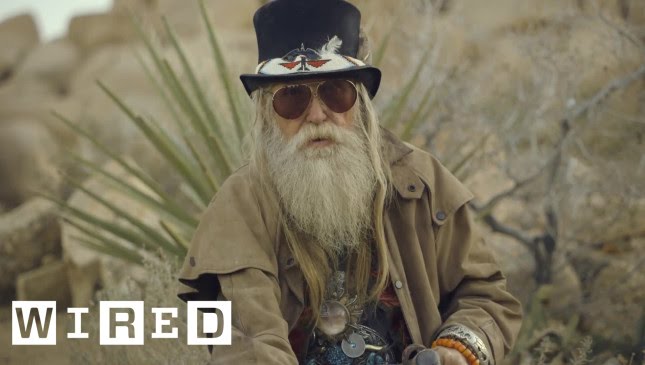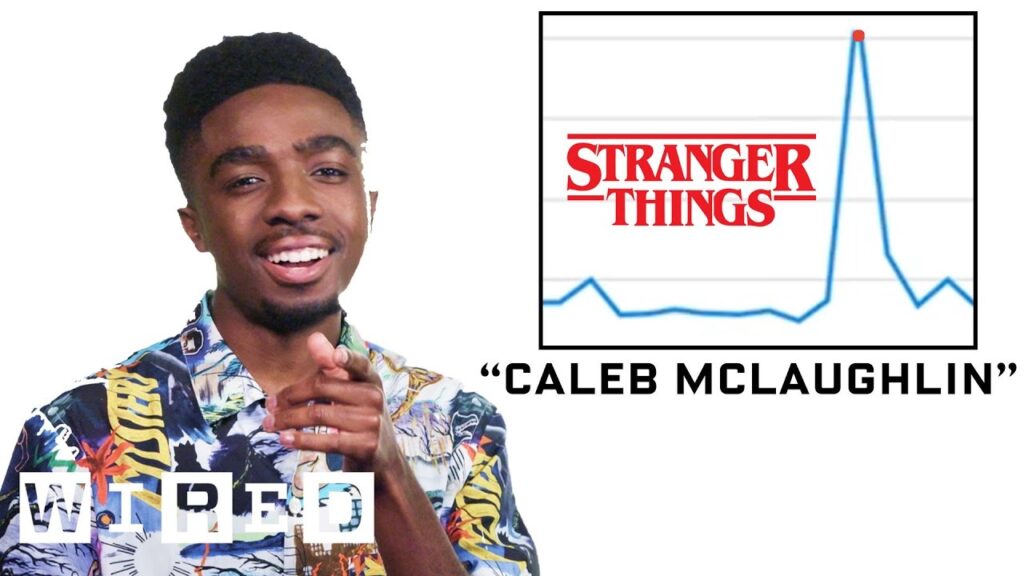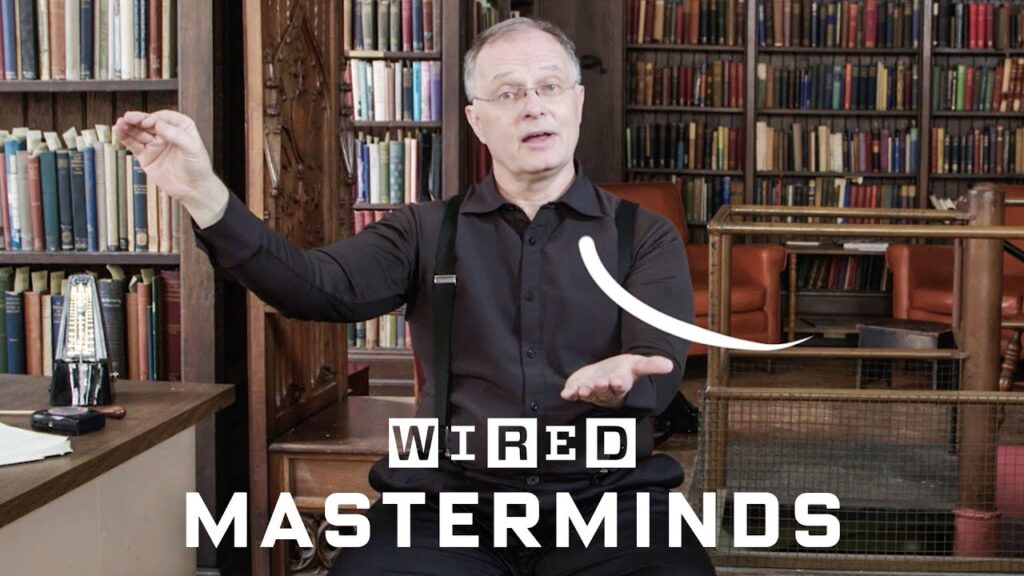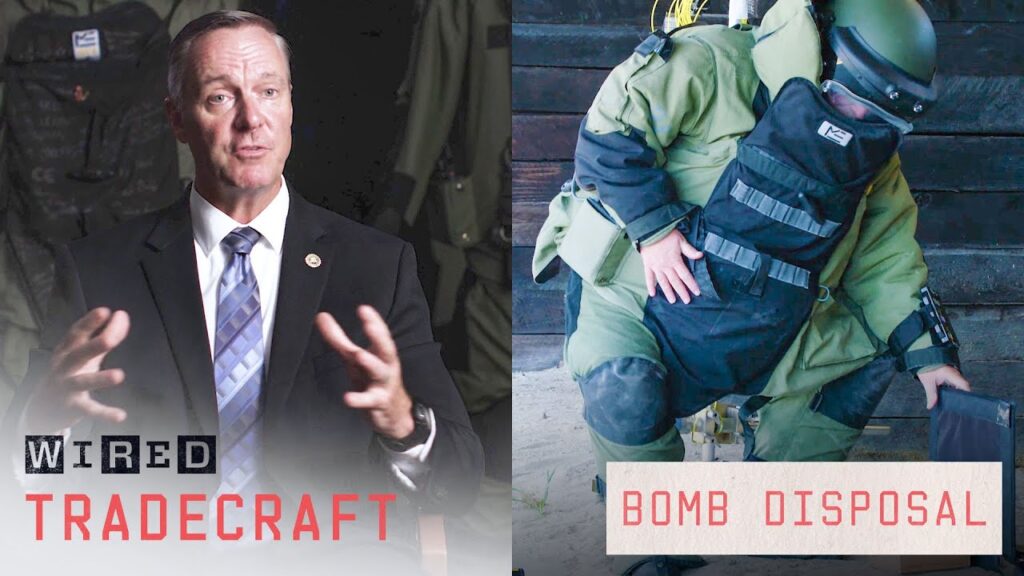Chemistry Explained: Q&A with Dr. Kate Biberdor
Summary
Dr. Kate Biberdor, also known as KateTheChemis, shares her knowledge of chemistry by answering various questions. From explaining chemical reactions that happen in everyday life, such as the reaction caused by Mentos and Diet Coke, to the science behind fireflies glowing, Dr. Biberdor brings chemistry to life by showing how it is present all around us.
Table of Contents
- Explosive Materials
- The Creation of the Periodic Table
- How Popcorn Pops
- How a Lava Lamp Works
- How to Make Slime
- Boiling vs Evaporation
- Tomato Juice and Skunk Smells
- Chlorine’s Role in Pool Water Disinfection
- The Science Behind Fireflies Glowing
Introduction
Chemistry is a fascinating science that is involved in everything around us. From the food we eat to the materials that make up our homes, it’s hard to escape the influence of chemistry. Dr. Kate Biberdor is a chemist who is passionate about sharing her knowledge with the world. In this Q&A, she answers various questions that help us understand the world of chemistry better.
Q&A
Explosive Materials
Q: What are the most dangerous chemical reactions?
A: Chemical reactions that involve nitrogen in large quantities are some of the most dangerous. Azidoazide azide is one of the most unstable chemicals known and can detonate easily, even in small amounts. Other explosive materials, such as dynamite and TNT, are also dangerous and require careful handling.
The Creation of the Periodic Table
Q: How was the periodic table created?
A: The periodic table was created by Dimitri Mendeleev, a Russian chemist. He noticed that when elements were arranged by atomic mass, certain patterns emerged. He organized the elements by their chemical and physical properties to create the periodic table.
How Popcorn Pops
Q: How does popcorn pop?
A: Popcorn kernels contain moisture and starch. When heated, the moisture inside the kernel turns into steam. The steam builds up pressure inside the kernel until it eventually explodes. The starch then expands and turns the kernel inside out.
How a Lava Lamp Works
Q: How does a lava lamp work?
A: A lava lamp works through the principle of thermal convection. The lamp contains a waxy substance and a liquid, usually water. When turned on, the heat from the light bulb at the base of the lamp causes the wax to heat up and rise to the top. As it cools, it falls back down to the bottom, creating a looping motion.
How to Make Slime
Q: What are the ingredients needed to make slime?
A: The most common slime recipe involves mixing glue, water, and a borax solution. The borax acts as a cross-linker between the molecules in the glue, creating a rubbery mixture that can be manipulated and molded.
Boiling vs Evaporation
Q: What is the difference between boiling and evaporation?
A: Both boiling and evaporation involve the change of a liquid into a gas. However, boiling occurs when the temperature of a liquid reaches its boiling point and bubbles form throughout the liquid. Evaporation, on the other hand, occurs when the surface of a liquid is heated and only the top layer of molecules turns to gas.
Tomato Juice and Skunk Smells
Q: Does tomato juice really get rid of skunk smells?
A: Tomato juice does not actually get rid of skunk smells. The myth originated because the acidic nature of tomato juice can break down some of the compounds from the skunk spray. However, it is not effective enough to completely remove the smell. A better solution is to use a mixture of hydrogen peroxide, baking soda, and dish soap to neutralize the odor.
Chlorine’s Role in Pool Water Disinfection
Q: Why is chlorine used to disinfect pool water?
A: Chlorine is a powerful disinfectant that is used to kill bacteria and other microorganisms in pool water. It works by oxidizing the cell walls of these organisms, causing them to break down and die. It is important to use the correct amount of chlorine in pool water to ensure that it is safe for swimming.
The Science Behind Fireflies Glowing
Q: How do fireflies glow?
A: Fireflies glow through a process called bioluminescence. They have a special chemical, luciferin, in their bodies that reacts with the enzyme luciferase to produce light. The light is used to attract mates or to ward off predators.
Conclusion
Dr. Kate Biberdor’s answers provide insight into the fascinating world of chemistry. From the creation of the periodic table to the science behind fireflies glowing, chemistry plays an important role in many aspects of our lives. These explanations make it easier for us to understand the world around us and appreciate the complexity of chemistry.






